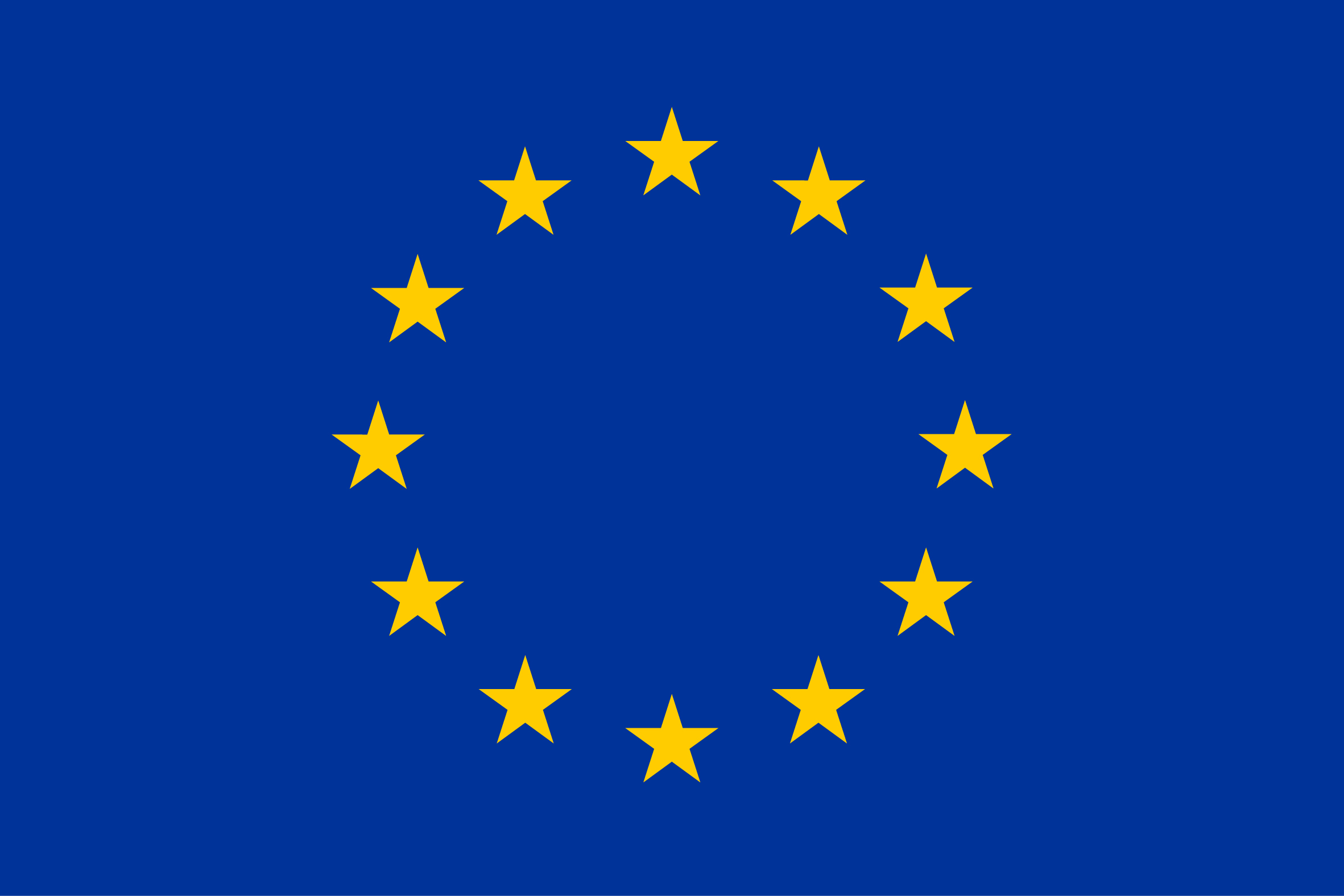No edit summary |
No edit summary |
||
| Line 13: | Line 13: | ||
}} | }} | ||
==Description== | ==Description== | ||
Rays and Skates are commonly known as Elasmobranchs, which include, sharks, skates and ray, they differ from other fish in the sea by having a skeletal structure made out of cartilage as opposed to bone. | Rays and Skates are commonly known as Elasmobranchs, which include, sharks, skates and ray, they differ from other fish in the sea by having a skeletal structure made out of cartilage as opposed to bone. They are vulnerable to overfishing and once depleted, populations take a long time to recover. Rays and Skates are slow growing, late to reach maturity and typically have low fecundity, thus the number of individual fish recruited into a population on an annual basis is low. | ||
'''Diet:''' Rays and Skates have similar feeding habits as they are both bottom-dwellers. | '''Diet:''' Rays and Skates have similar feeding habits as they are both bottom-dwellers. They generally feed on various species of crustaceans like crabs and shrimps. Additionally, small fish and clams and mussels depending on the size of the ray or skate. They also consume a variety of worms and other small invertebrates that inhabit the seabed. | ||
'''Threats:''' | '''Threats:''' Young Rays and Skates are large enough to get caught as by-catch in trawl nets and dredge gear. Relatively a small proportion will actually reach breeding age, and those that do only produce enough of young later in life to help rebuild the population. Furthermore, the destructive fishing practices such as bottom trawling, can damage the seabed and habitats. | ||
=North Sea= | =North Sea= | ||
| Line 28: | Line 28: | ||
== Information == | == Information == | ||
The type of Rays and Skates dominant in the Clyde Marine Region are the Common Skate (''[https://www.marinespecies.org/aphia.php?p=taxdetails&id=105869 Dipturus batis]'') and Sandy Ray (''[https://www.marinespecies.org/aphia.php?p=taxdetails&id=367297 Raja brachyura]''). | |||
==Types== | ==Types== | ||
Revision as of 14:30, 11 October 2023
This page was last edited on 11 October 2023, at 14:30. Content is available under GPLv3 unless otherwise noted.
 Co-funded by the European Union.
Co-funded by the European Union.